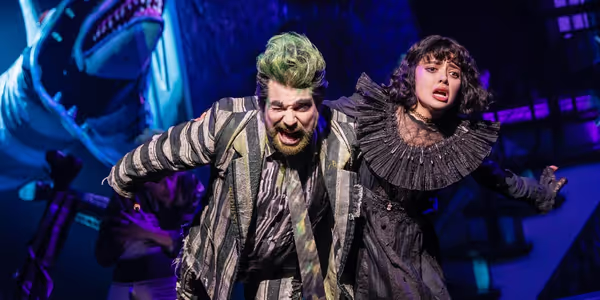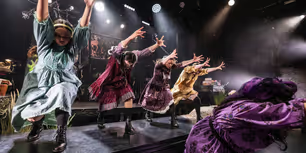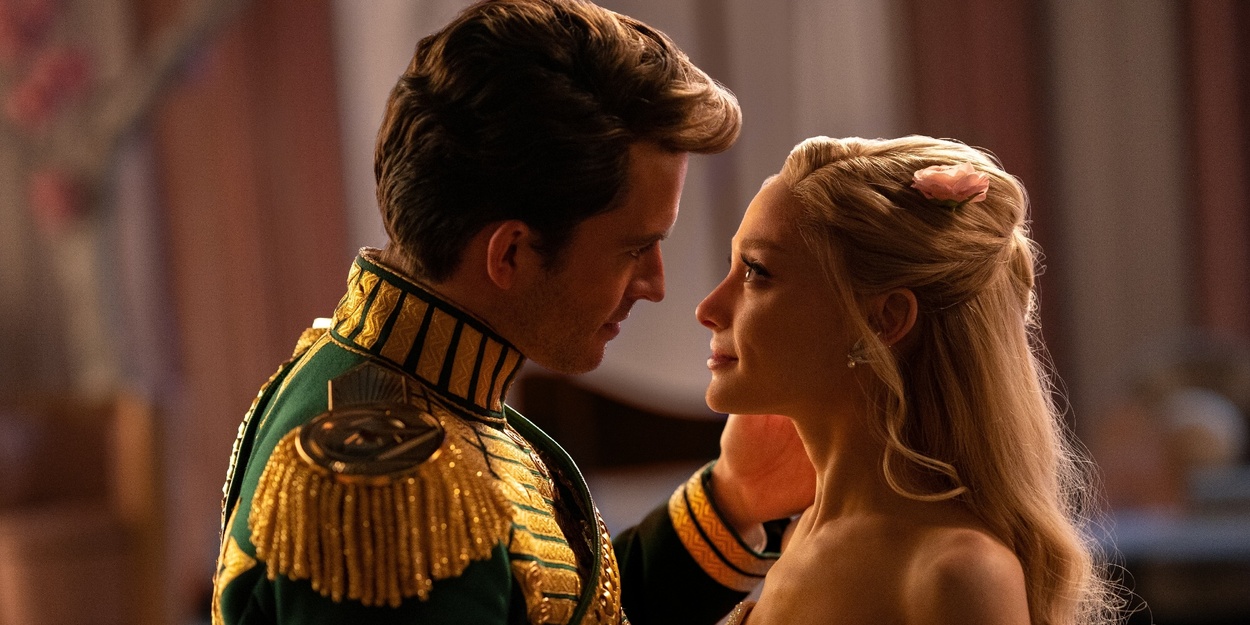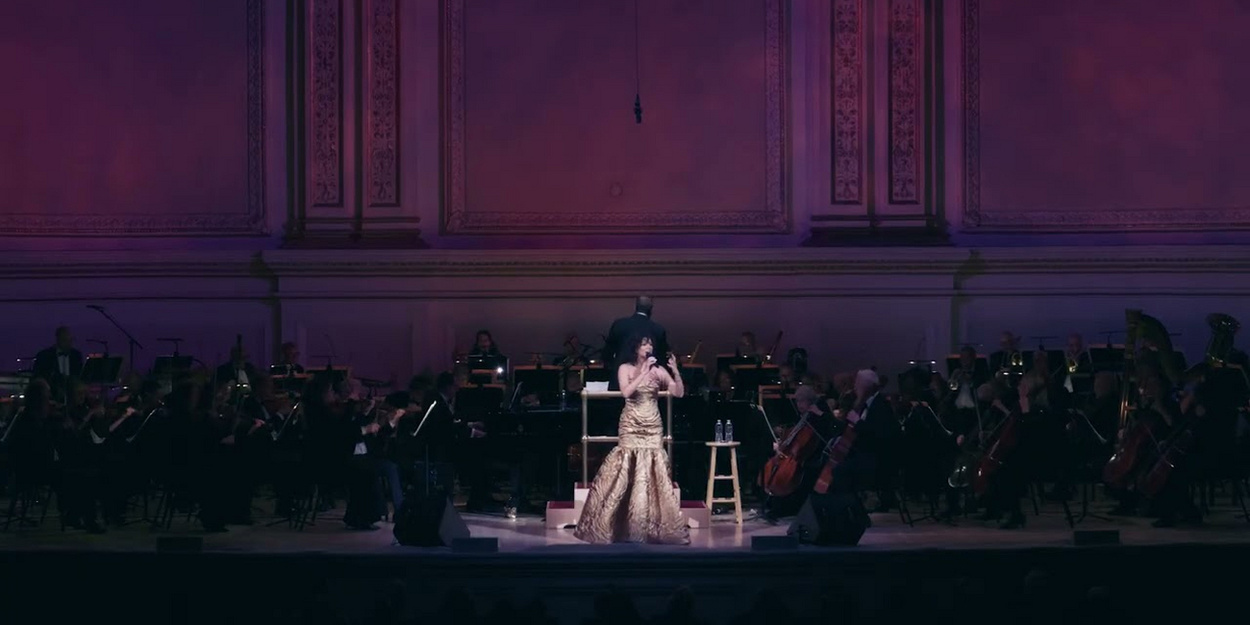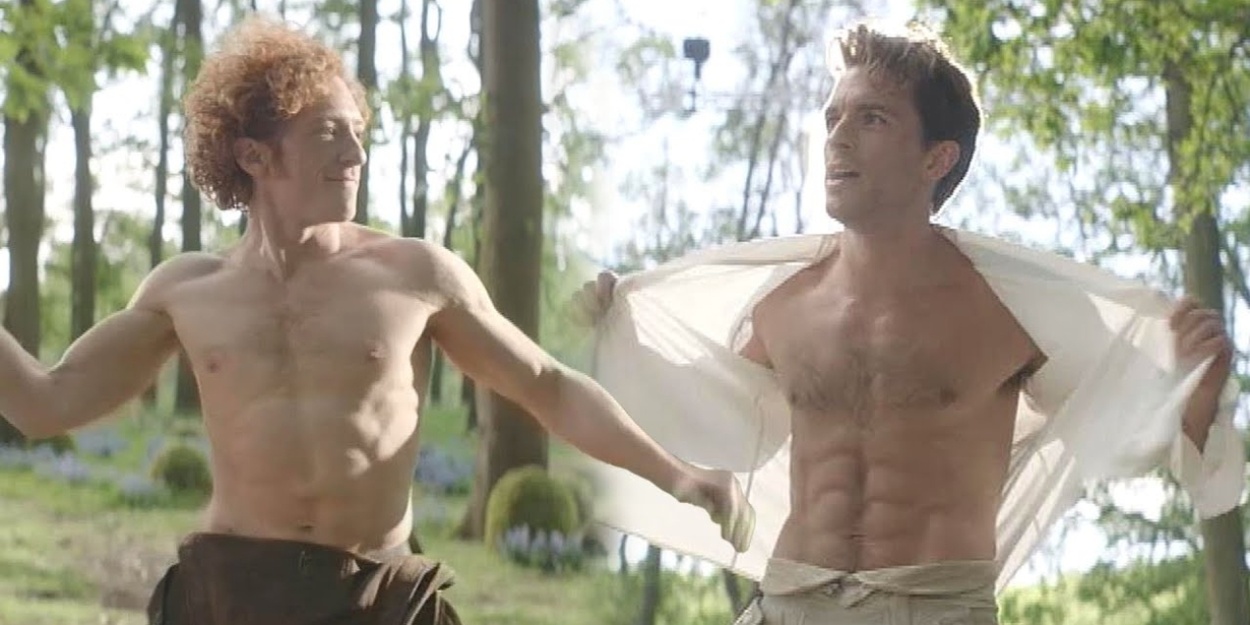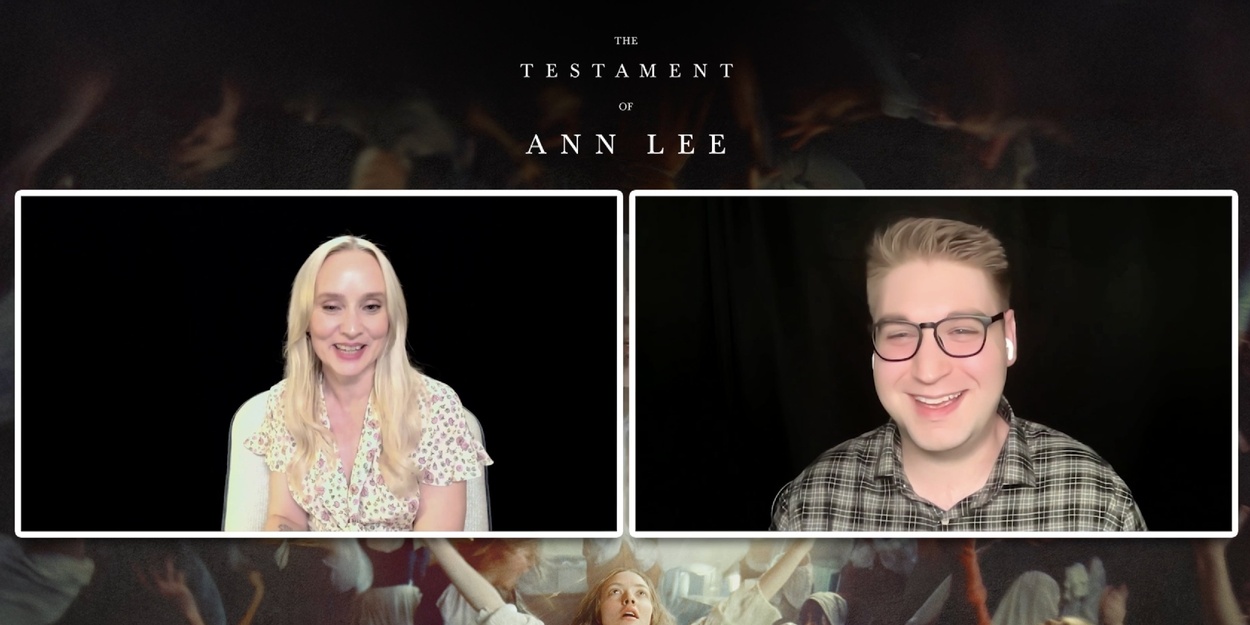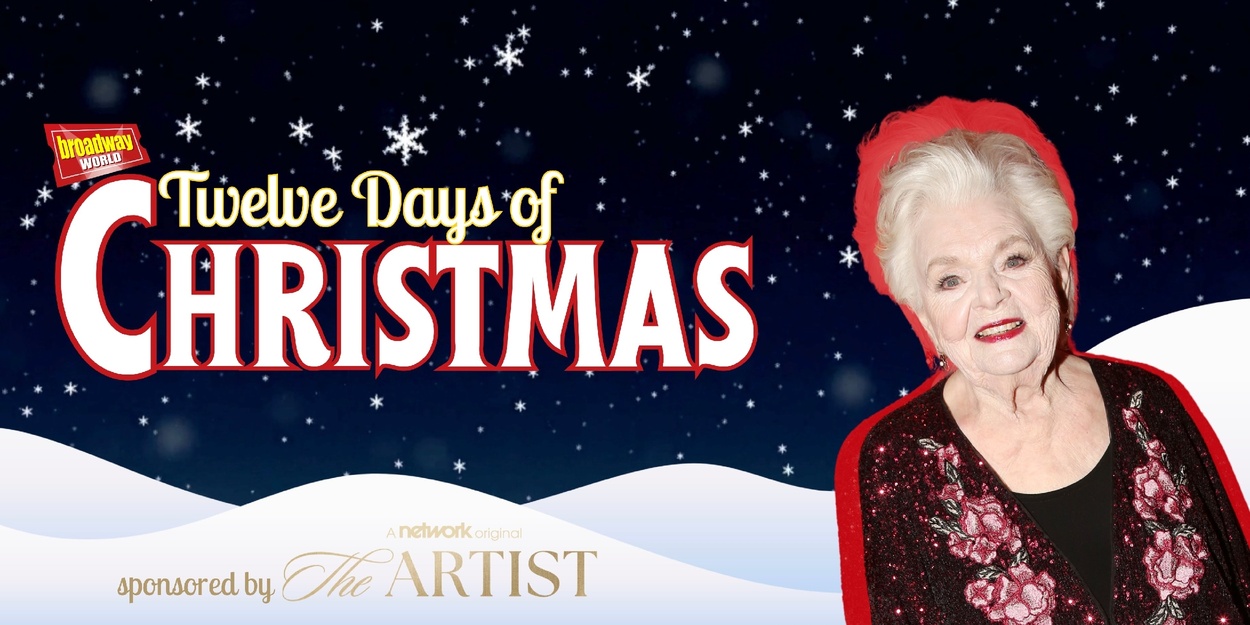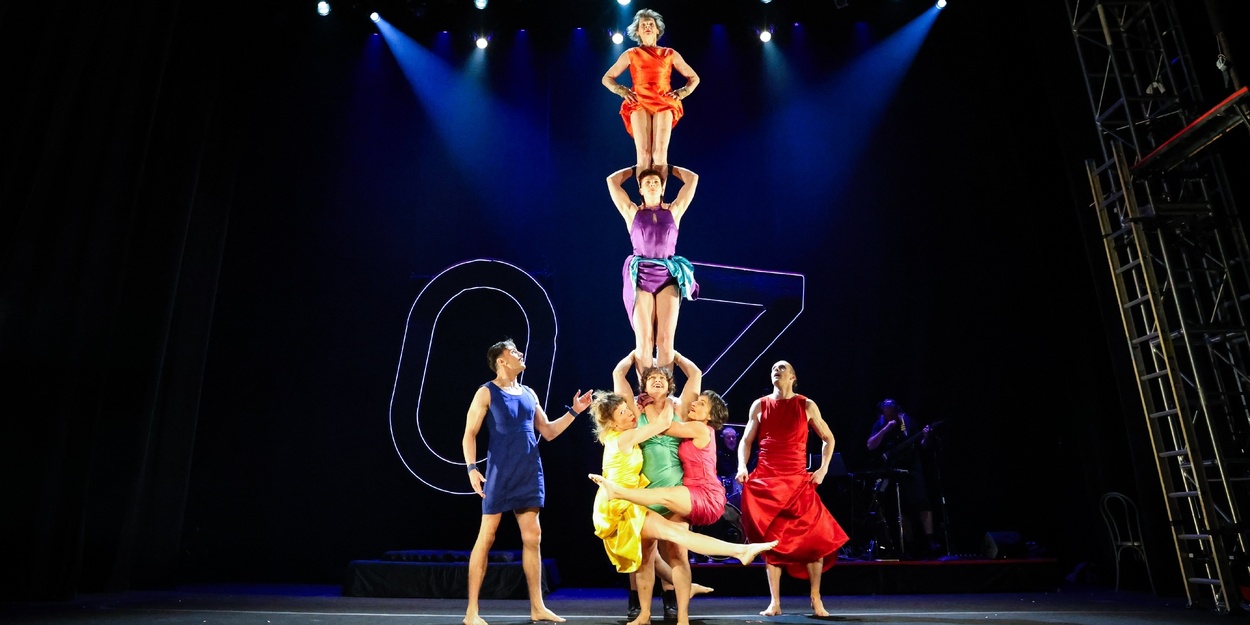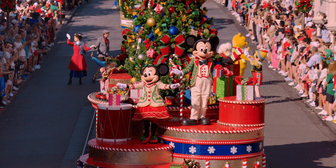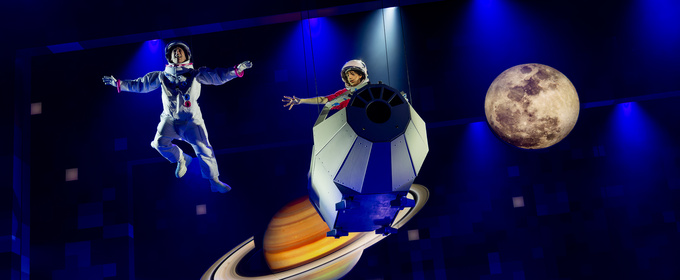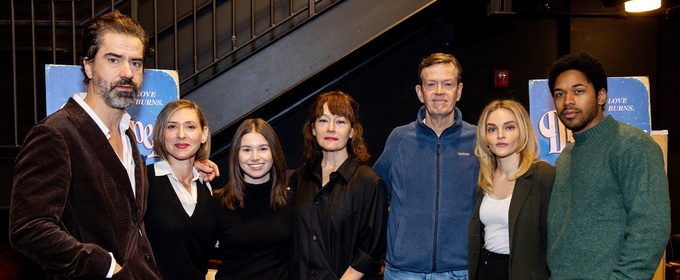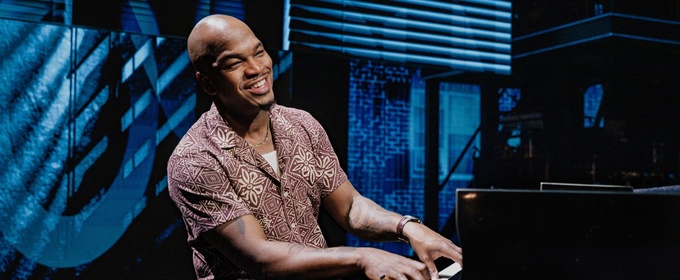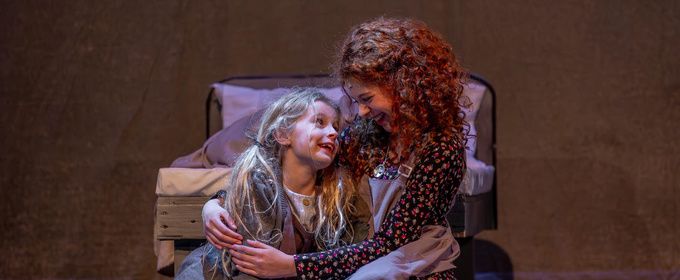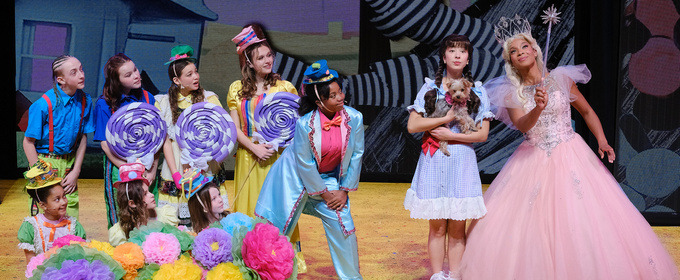Trending Stories
Recommended for You
Broadway 2025 in Review: A Look Back at the Season’s New Shows, Revivals, and Standouts
Do you know how many shows opened on Broadway this season?
STRANGER THINGS 5 and THE FIRST SHADOW Connections: What To Know
Volume 2 of Stranger Things 5 is now streaming on Netflix.
20 Theater Books for Your Winter 2026 Reading List
Broadway authors this season include Liza Minnelli, John Doyle, Marc Shaiman, and more.
Twelve Days of Christmas: June Squibb
On the eleventh day of Christmas... life is wonderful.
Ticket Central
Industry
West End

Last Chance to Vote for the 2025 BroadwayWorld UK / West End Awards; JESUS CHRIST SUPERSTAR Leads Best Musical!
Voting continues through December 31, 2025.
Voting continues through December 31, 2025.
New York City

Last Chance to Vote for the 2025 BroadwayWorld Off-Broadway Awards; Leads Best Musical!
Voting continues through December 31, 2025.
Voting continues through December 31, 2025.
United States

WAKE THE IMPROV Launches a New Surreal Comedy Experience in Minneapolis
Performances are on January 9, February 13, and March 13.
Performances are on January 9, February 13, and March 13.
International
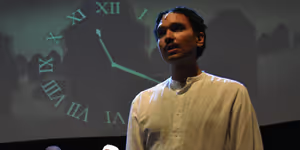
OUR LITTLE HOUR to Tour the UK in February & March 2026
The tour will visit Greenwich Theatre London; Mercury Theatre Colchester; The Core Corby and more.
The tour will visit Greenwich Theatre London; Mercury Theatre Colchester; The Core Corby and more.






